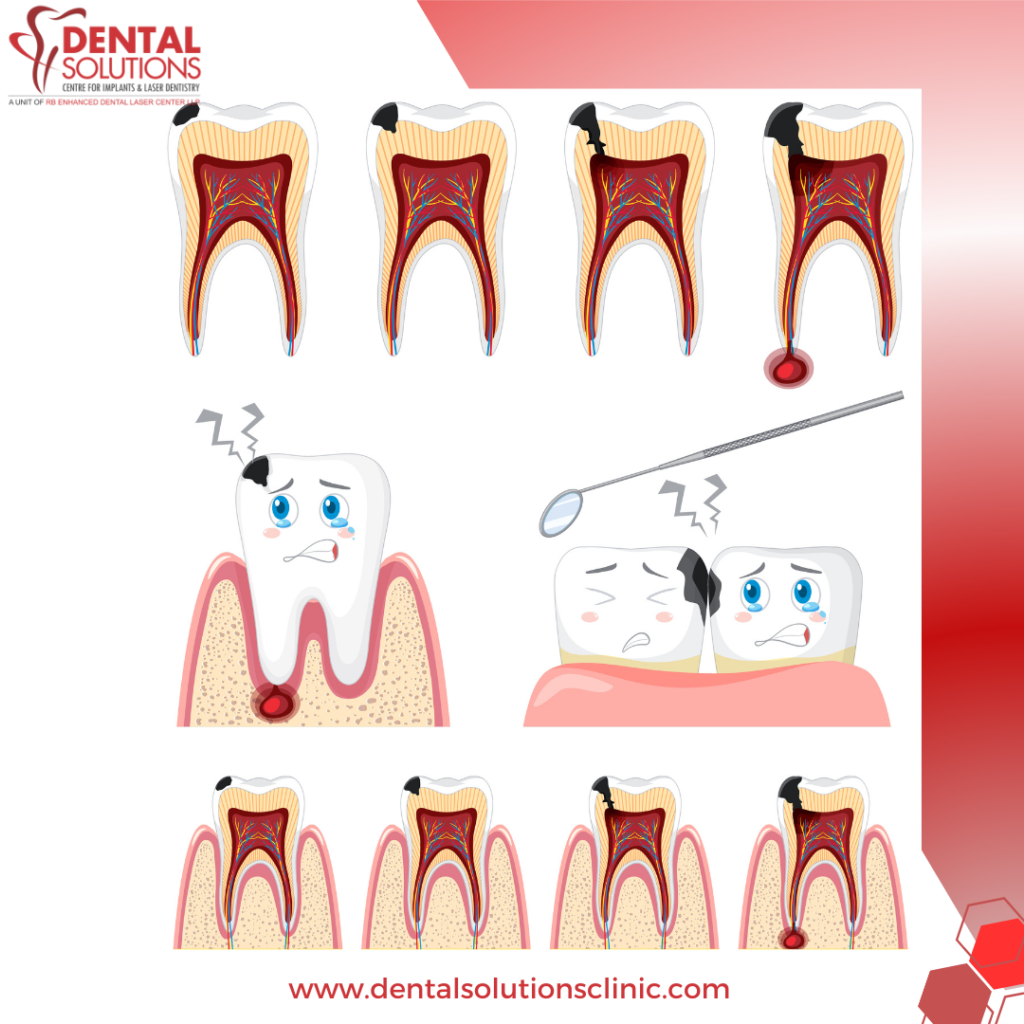- +917892951808
- Indiranagar, Bangalore
Best Dental Clinic In Bangalore Indiranagar | Best Dentist in Bangalore Indiranagar
- Home
- About Us
- Treatments
- Blog
- Contact Us
What causes bumps in gums after a root canal? How do you treat it?

What is a Gum Boil?
A gum boil, also known as a dental abscess, is a dental condition characterized by the formation of a pocket of pus in the gum tissue. This abscess can be painful and may cause swelling and discomfort. It is a common occurrence after a root canal procedure. Understanding the causes and treatment options for bumps on gum can help you address this issue promptly and effectively.
Understanding Root Canals and the Risk of Gum Boils
Before we delve into the causes of bumps on gum after a root canal, let's first understand what a root canal is. A root canal is a dental treatment that involves removing the infected pulp from inside a tooth and filling it to prevent further infection. While root canals are generally successful in treating tooth infections, complications can arise, including the development of gum boils.
During a root canal procedure, the dentist removes the infected pulp and cleans the root canals thoroughly. However, in some cases, bacteria may persist despite the dentist's best efforts. These bacteria can cause an inflammatory response in the surrounding gum tissue, leading to the formation of a gum boil.
Causes of Gum Boils After a Root Canal
Several factors can contribute to the development of a gum boil after a root canal. One common cause is the incomplete elimination of bacteria or infection during the root canal procedure. If even a small amount of bacteria remains in the root canal system, it can multiply and cause an infection in the gum tissue.
Another possible cause is the presence of a cracked tooth or a failed root canal treatment. Cracks in the tooth can allow bacteria to penetrate the root canal system, leading to an infection and the subsequent development of a gum boil. Similarly, a failed root canal treatment can leave behind infected tissue, which can result in the formation of an abscess.

Symptoms of a Gum Boil
Identifying the symptoms of a gum boil is essential for prompt diagnosis and treatment. Here are a few typical indicators to watch out for:
• Pain or tenderness in the affected area
• Formation of a pus-filled bump on the gum
• Bad taste or odor in the mouth
• Difficulty in chewing or biting
• Swollen lymph nodes in the neck or jaw area
If you experience any of these symptoms, it's crucial to seek professional dental care as soon as possible to prevent further complications.
Importance of Seeking Treatment for a bump on gum
Ignoring bumps on gum can have serious consequences for your oral health. If left untreated, the infection can spread to the surrounding tissues, leading to more extensive damage. In severe cases, the infection can even spread to other body parts, causing systemic complications.
Seeking prompt treatment from a dentist is crucial to address the underlying cause of the gum boil and prevent further complications. Your dentist will perform a thorough examination and may recommend additional treatments such as drainage of the abscess, prescription of antibiotics, or even further root canal treatment.
Treating a Gum Boil After a Root Canal
Treating bumps on gum after a root canal requires professional dental care. Your dentist will assess the extent of the infection and devise a treatment plan accordingly. In most cases, the abscess will need to be drained to remove the pus and alleviate the pain and swelling.
Your dentist may also prescribe antibiotics to clear the infection and prevent its spread. It's essential to complete the full course of antibiotics as prescribed by your dentist, even if the symptoms subside, to ensure complete eradication of the infection.
In some instances, additional root canal treatment may be necessary to remove any remaining infected tissue or to address any underlying issues that contributed to the development of the gum boil. In more severe cases, tooth extraction may be required to eliminate the infection.
When to See a Dentist for a bumps in gums
If you notice the symptoms of bumps on the gum after a root canal, it's crucial to see a dentist as soon as possible. Delaying treatment can worsen the infection and increase the risk of complications. Contact your dentist immediately if you experience:
• severe pain for which over-the-counter analgesics are ineffective
• Difficulty swallowing or breathing
• High fever or chills
• Swelling that extends to other parts of the face or neck
• Persistent bleeding from the gum boil
These symptoms may indicate a severe infection that requires immediate attention.
Preventing Gum Boils After a Root Canal
While it may not be possible to prevent gum boils entirely, there are steps you can take to minimize the risk of developing this complication after a root canal procedure. These include:
• Choose an experienced dentist: Opt for a dentist skilled in performing root canals and with a good track record of successful treatments.
• Follow post-treatment instructions: Adhere to the post-treatment care instructions provided by your dentist. This can entail taking prescription drugs as directed, abstaining from particular foods, and practicing proper dental hygiene. Attend regular dental check-ups: Regular dental check-ups can help identify any issues early on and prevent them from escalating into more significant problems.
• Address cracked teeth promptly: If you have a cracked tooth, seek dental treatment as soon as possible. Cracks can provide an entry point for bacteria, leading to infections and gum boils.
Conclusion
Experiencing bumps on the gum after a root canal can be distressing, but with the right treatment, it can be effectively addressed. Remember to seek professional dental care ( Best dentist near me ) if you notice any symptoms of a gum boil, as prompt treatment is essential to prevent further complications. By understanding the causes, symptoms, and treatment options for bumps on the gum after a root canal, you can take proactive steps to maintain your oral health and well-being.
